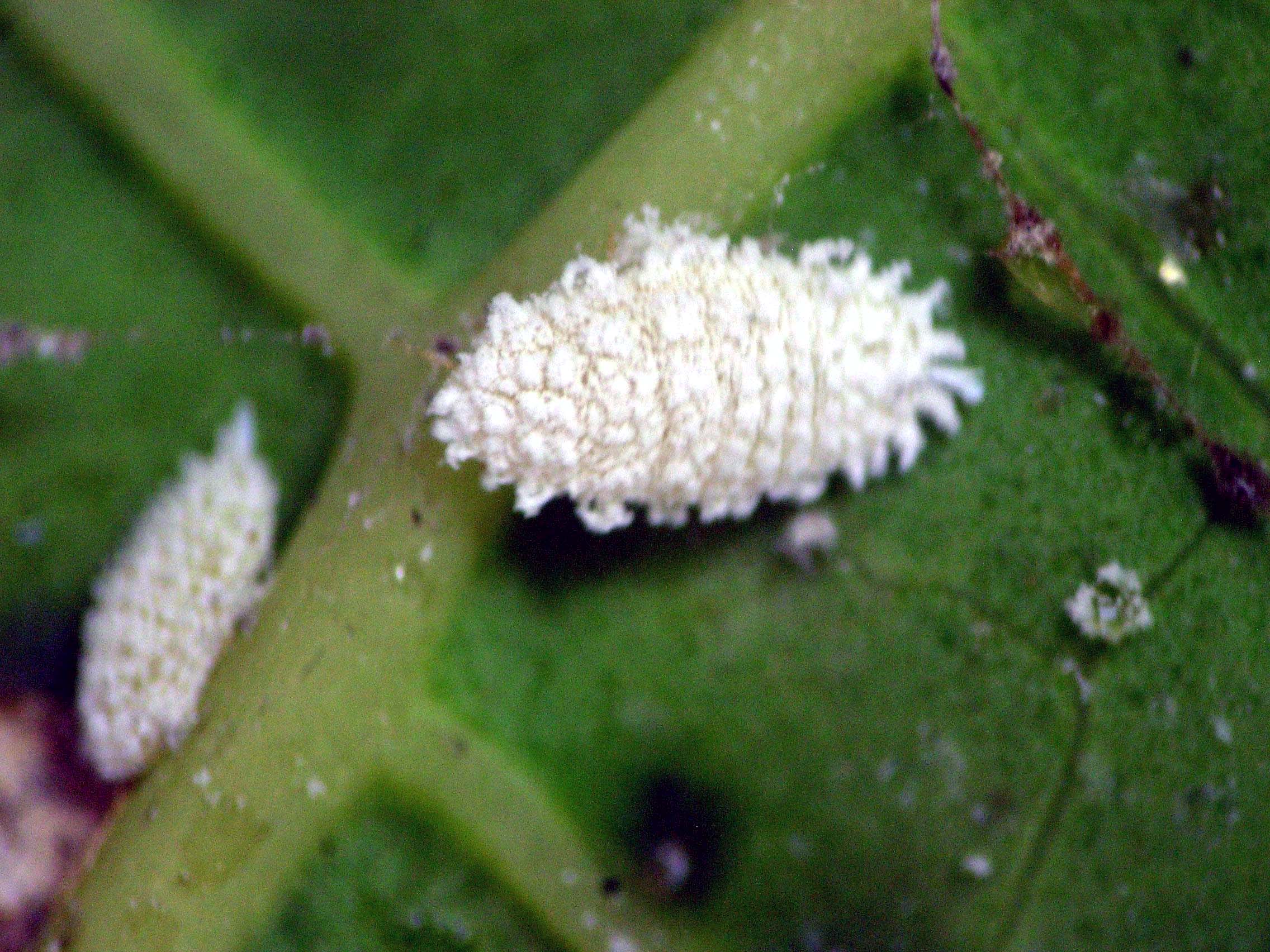University scientists warn Asia of widespread invasive pest threat

In May, scientists discovered an invasive mealybug in the papaya orchards of Bangladesh.
Just last year a team of scientists led by Muni Muniappan, the director of the Integrated Pest Management Collaborative Research Support Program (IPM CRSP), managed by Virginia Tech, identified papaya mealybug (PMB) Paracoccus marginatus (Hemiptera: Pseudococcidae) on papaya trees in Bogor, Indonesia, and Coimbatore, India. Their observations increased awareness across the region that led to the discovery of the PMB on papaya trees in several districts within Sri Lanka and in northern Thailand.
The PMB is a severe threat to papaya farms in Asia. A native of Mexico, it thrives in tropical climates, preferring temperatures above 19 degrees Celsius. While it is still unknown how many countries within the continent the pest has infested, Muniappan, who spotted the pest in the papaya trees of Joydebpur, Bangladesh, believes that the invasive pest is likely to have spread across tropical Asia.
Not all introduced species become invasive. Those that do, however, can cause serious economic and environmental losses. The recent discovery of PMB in Asia has many concerned. Papaya trees, which are not a hardy species, can die in a matter of months when infested with PMB. The situation is so severe that government involvement is necessary to control the pest.
Control of the PMB is difficult. Pesticides are ineffective due to the insect’s protective white waxy covering. Further, many developing countries lack the resources and expertise to identify the insect or to develop and implement management programs strong enough to eradicate or even to contain it.
The solution, says Muniappan, who with PMB scientist Dale Meyerdirk of the U.S. Department of Agriculture headed a successful PMB management program in Guam in 2002, is classical biological control. This is the use of natural enemies to manage pest populations. In Mexico, where it has a number of natural enemies, the PMB is not an economic concern. What allows the mealybug to flourish in Asia is its lack of natural predators.
The timed release of species-specific predators, such as parasitic wasps (Anagyrus loecki, Acerophagous papayae and Pseudleptomastrix mexicana (Hymenoptera: Encyrtidae)), can reduce PMB populations enough to protect the trees. Already some countries in Asia are receiving assistance from the USDA’s Animal and Plant Health Inspection Service (APHIS) to obtain parasitic-wasps and to set up rearing facilities.
Yet resources are still limited, and trans-boundary issues remain a problem. Muniappan, working closely with some of the world’s most esteemed entomologists, believes this is a problem worth solving. “The key to successful control of the PMB in Asia” he says, “is cooperation among countries.”
The papaya mealybug is a type of scale insect that feeds on sap by inserting piercing-sucking mouth parts into the leaves and fruits of the plant. It is polyphageous, meaning that it feeds on many different plants, and has been recorded on more than 60 species, including cassava, papaya, pepper, hibiscus, bean, melon, mango, and potato, making the range of the PMB very flexible.
On papaya trees, the mealybug feeds on all parts of the young leaves and fruits and along the veins and midrib of the older leaves where the nutrients are most abundant. While feeding, the insect injects a toxic substance that causes chlorosis, a condition where leaves cannot produce enough chlorophyll, resulting in yellowing. Other symptoms include distorted and bunchy terminal shoots, stunting, early leaf and fruit drop, honeydew buildup, and death. Papaya trees succumb easily to PMB infestations.
IPM CRSP, funded by U.S. Agency for International Development, is an organization managed by Virginia Tech’s Office of International Research, Education, and Development. It supports the development of collaborative partnerships among institutions in more than 30 developing countries. Using the participatory approach, IPM CRSP scientists help small-scale farmers implement pest management programs that will improve their livelihood security and conserve biodiversity.
Written by Friedaricka Steed.




